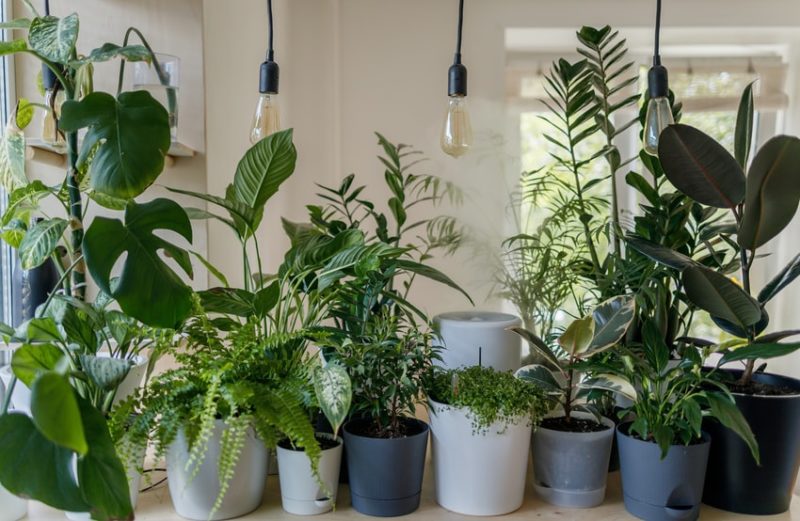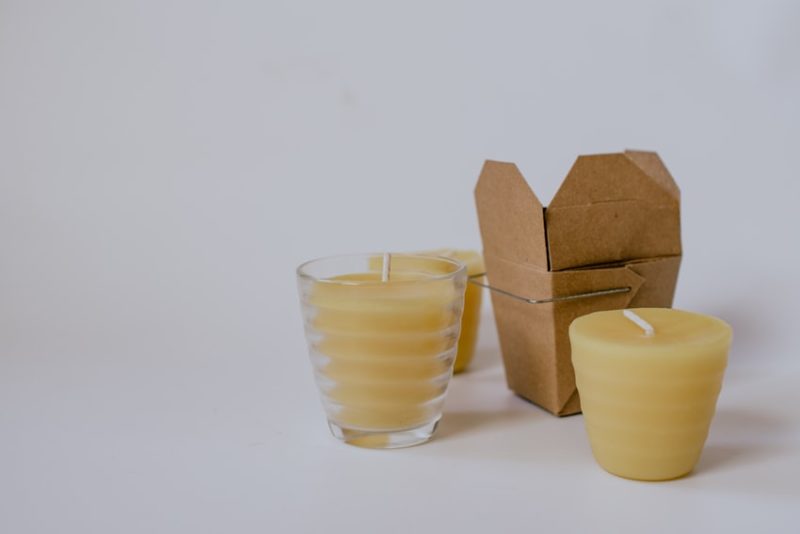Natural Ways to Improve Indoor Air Quality
Indoor air pollution can be caused by a lot of things, from chemicals in paints and cleaning products to damp and poor ventilation. And with the average man spending almost 90 percent of their time indoors, they end up breathing in all sorts of contaminants in the air. Over time, these indoor air pollutants and allergens end up causing long-term health problems such as asthma.
One of the best ways to improve your home’s indoor air quality is replacing your air conditioner’s dirty, worn-out filters with a 20x25x4 air filter. These air filters help block and trap nearly all bacteria and other pollutants in your space, improving your indoor air quality. This makes it easier to breathe while also reducing your risk of developing various respiratory issues.
Alongside changing your indoor air filters, here are some of the most effective natural ways you can improve your indoor air quality:
Increase Ventilation
Ensuring maximum ventilation in your home is one of the best ways to clean your indoor air. The great thing about ventilating your home is that it helps reduce moisture levels, which often causes poor indoor air quality. While opening your windows can improve air circulation, it allows outdoor air pollutants to get into your home. Consider installing trickle vents to filter and purify your indoor air.
Another effective way to increase your home’s ventilation is by using ducted exhaust fans to remove moisture and pollutants from your space by blowing them outside. Ventilating your kitchen can also help improve the quality of your indoor air. That’s important because cooking, especially with a gas stove, emits smoke that can damage your lung tissues and cause long-term respiratory problems. You may also want to vent out any extra moisture and steam in the air after taking a shower using a fan since it can cause mildew and mold growth.
Houseplants
Another proven natural way to improve indoor air quality is by stocking up on houseplants. Houseplants can help purify and rejuvenate your indoor air, protecting you from the side effects of air toxins such as benzene, ammonia, and formaldehyde. This makes houseplants an excellent way to combat the effects of pollution indoors, especially if you or one of your loved ones has some respiratory issues.
These plants help enhance your indoor air quality by soaking up pollutants in the air. To ensure efficient air cleaning using houseplants, be sure to have not less than one plant per 100 square feet of floor space. Some of the best houseplants for filtering toxins from your indoor air include Broadleaf Lady Palm, Peace Lily, spider plants, Lady Palm, Devil’s ivy, and ferns.
Beeswax Candles
While paraffin candles make your space feel cozy, they usually emit carbon dioxide and carbon monoxide, impacting your home’s indoor air quality. Instead, opt for beeswax candles that serve as natural air purifiers. They help purify your home’s air by ionizing it and neutralizing toxic compounds and other prevalent particles.
These candles don’t produce any scent or smoke, making them especially suitable for removing allergens and pollutants from your indoor air if you have asthma or allergies. They are also a cost-effective way to clean your indoor air since they burn slowly, so you can go for days without replacing them.
Endnote
There are many ways to clean and purify your home’s indoor air quality to make it breathable and help you avoid allergy symptoms and asthma flare-ups. Be sure to open windows every now and then to let fresh air get into the house. Remove any potential air contaminants in the kitchen using fans and ensure proper ventilation in your bathroom to prevent mold growth and improve air quality. Doing that can help ensure your home’s air is clean and safe, making breathing easy for everyone.












